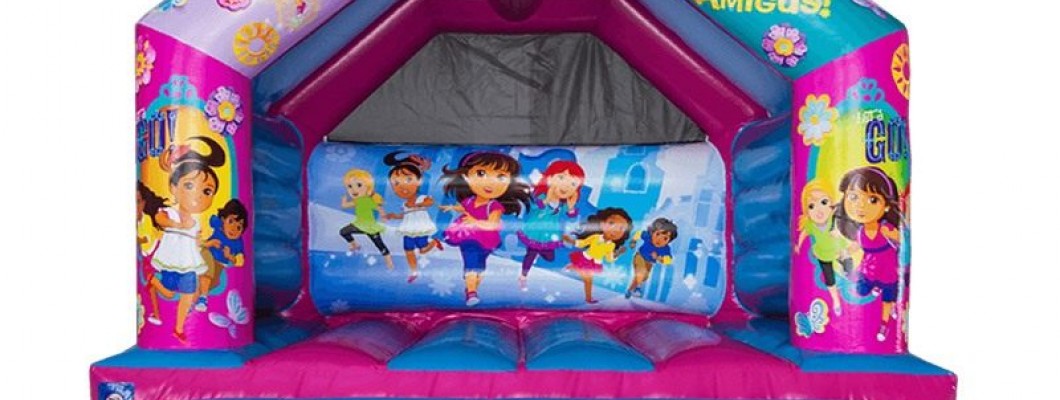
The inflatable castle business, also known as the bounce house industry, has gained popularity due to the growing demand for unique and entertaining activities for children's parties, community events, and festivals. But just how profitable is this business? Let's examine the factors that influence profitability in this sector.
Initial Investment
Starting an inflatable castle business requires a significant initial investment, primarily in purchasing high-quality inflatables. The costs include:
- Inflatables: Prices for durable, commercial-grade inflatable castles range from $1,500 to $7,000 per unit, depending on size and features.
- Equipment: Necessary equipment includes air blowers, stakes, tarps, and repair kits. Additionally, a vehicle or trailer for transporting the inflatables is required.
- Insurance: Liability insurance is crucial to cover potential accidents or injuries, and this adds to the overall startup costs.
Revenue Potential
Revenue generation in the inflatable castle business is largely dependent on the rental rates and frequency of bookings:
- Rental Rates: Standard rental fees typically range from $150 to $400 per day, with higher-end units commanding even more.
- Rental Frequency: Consistent bookings, especially during peak seasons like spring and summer, are key to maximizing revenue.
- Diversification: Offering additional products like inflatable slides, obstacle courses, or party packages can increase revenue streams.
Operating Costs
Ongoing operating costs impact profitability but are necessary for the smooth functioning of the business:
- Maintenance: Regular cleaning, repairs, and inspections ensure the longevity and safety of the inflatables.
- Labor: Depending on the scale of operations, hiring staff for delivery, setup, and takedown might be necessary, adding to labor costs.
- Marketing: Investing in online marketing, social media, and local advertising helps in building brand awareness and attracting more customers.
Challenges
Several challenges can affect the profitability of an inflatable castle business:
- Seasonality: The business is highly seasonal, with peak demand during warmer months. Off-season periods can lead to a significant drop in income.
- Competition: In areas with high competition, it may be challenging to secure consistent bookings, which can impact pricing and profitability.
- Liability: Ensuring the safety of users is critical. Adequate liability insurance and strict safety protocols are essential but add to the costs.
Profit Margins
The profit margins in the inflatable castle business can be substantial once the initial investment is recovered:
- Break-Even Point: Depending on the scale of the initial investment, businesses can reach their break-even point within several months to a year.
- Scalability: As the business grows and more inflatables are added to the inventory, economies of scale can help reduce per-unit operating costs, thereby increasing profitability.
Conclusion
The inflatable castle business can be a profitable venture, especially for entrepreneurs who manage their operations effectively and market their services well. While the initial investment and ongoing costs are significant, the potential for high revenue during peak seasons makes this a lucrative opportunity. With careful planning, a focus on safety, and smart marketing strategies, the inflatable castle business offers substantial profit potential for those willing to invest the time and effort.

Leave a Comment